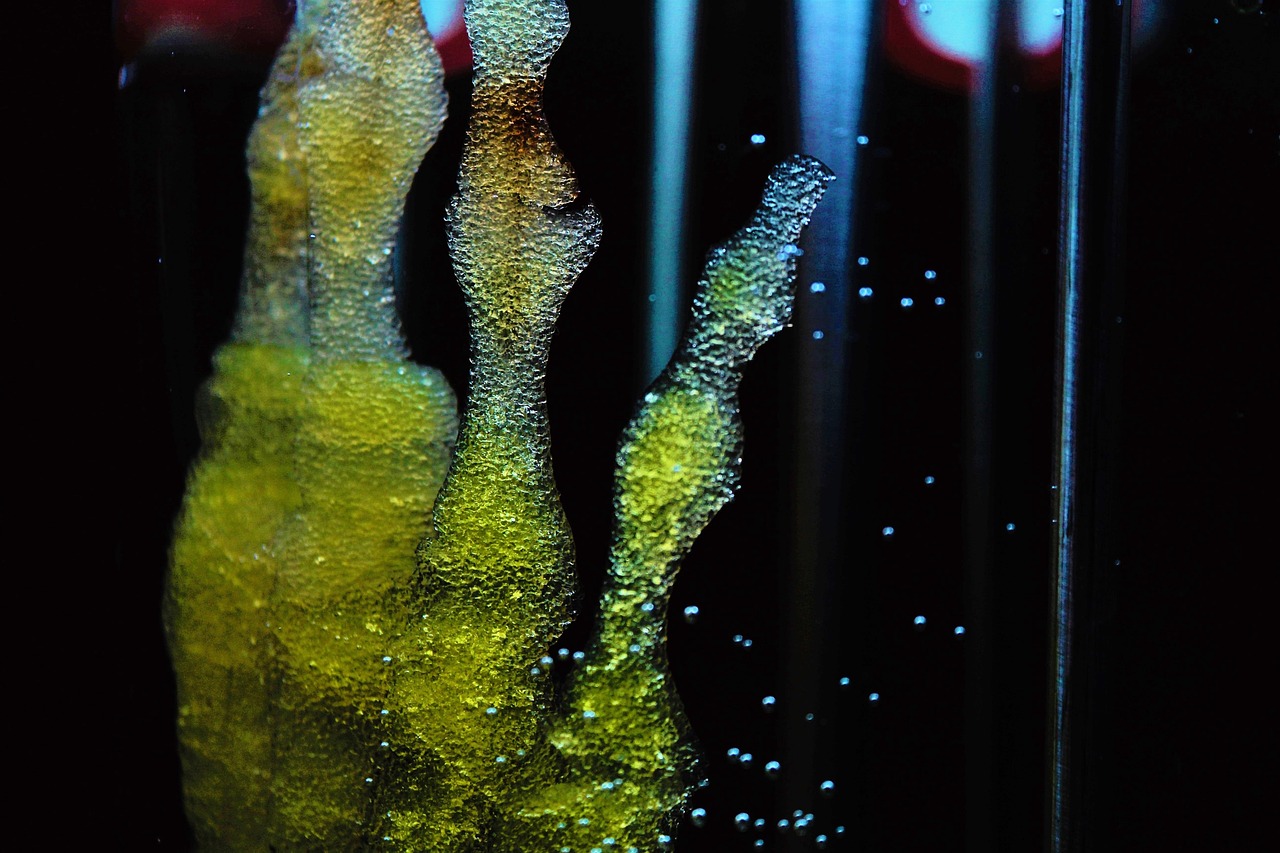Biotech
The 3D Bioprinting Business Will Bill $3 Billion in Five Years
Bioprinting, once hailed for its potential to print human organs and tissues, took a backseat after the pandemic. However, with an estimated market value of $1.44 billion in 2024, it’s poised for growth, driven by companies like Swedish Cellnik and Regemat. In Spain, Regemat is a key player, focusing on personalized medicine and pharmaceutical applications.

Print a heart, kidney or cornea. Even fragments of human skin. These are the feats that scientific teams around the world have achieved using 3D bioprinting. While technologies such as artificial intelligence focus debates on innovation in the sector, this disruptive printing technique continues to make its way.
Bioprinting had its media climax around 2018, just before the pandemic, when companies such as the Swedish Cellnik made the opportunity to 3D print human organs and tissues available to the scientific community. At that time, the Spanish Biodan Group , the Center for Energy, Environmental and Technological Research ( Ciemat ) and the Carlos III University of Madrid also announced an important advance: a machine to print human skin.
Now, after the Covid pandemic and the emergence of other technologies, bioprinting has taken a backseat. Where is the sector and what prospects are there for the market for this technology? In 2024, it is estimated that 3D bioprinting will move 1,440 million dollars worldwide , with the Swedish Cellnik, the North American 3D Systems and PrintBio or the Canadian Aspect Biosystem among the most important players that are driving the sector. Also playing an important role is Regemat, a Spanish project based in Granada.
Bioprinting will go from moving $1.44 billion in 2024 to 3 billion within five years
“Companies in the sector are making large investments in Research and Development (R&D) to promote technology through important product developments and innovations,” says the consulting firm Mordor Intelligence in one of its market analyses. Their report is optimistic: by 2029, the turnover of the 3D bioprinting market will have doubled: from $1.44 billion today to $ 3 billion within five years , with a CAGR of 15.89 %.
A growing sector, also in Spain
“The evolution of the implementation of 3D printing in the health sector has been constant in the last decade.” This is how Manuel Alejandro Fernández , 3D bioprinting coordinator at Idonial Centro Tecnológico, analyzed it . “More and more hospitals in Spain have their own 3D printing units,” he exemplified.
Idonial is a Spanish company that began working with this technology in 2013. Then it designed and developed personalized 3D bioprinting equipment tailored to the needs and properties of both the final application and the starting bioinks. “Today we have evolved towards a comprehensive service where, in addition to the equipment, we are capable of formulating biomaterial inks and bioinks, generating the designs to be printed and defining the optimal printing parameters,” he explains.
“More and more hospitals in Spain have their own 3D printing units”
Also in Spain, one of the most popular names in the sector at an international level has emerged. This is Regemat 3D. The Mordor Intelligence report follows closely and points it out as one of the companies that drives the sector to revenue growth.
“In 2022, Regemat raised more than 500,000 euros to advance its 3D bioprinting technology and in June of the same year announced its partnership with Humabiologics , a company at the forefront of personalized biomanufacturing solutions,” summarized the authors of the document.
The main applications
Currently, Regemat develops and markets a machine used in more than 25 countries to print a large number of biomaterials and cells, especially in the field of research. “We are decades away from seeing printers manufacturing organs such as hearts or kidneys that can be implanted in a human body,” José Manuel Baena , founder and CEO of Regemat 3D, explains to PlantaDoce.
Even so, the manager points out that very important progress has been made . “Technology is used to make models that validate or not the functioning of drugs,” he explains. Thanks to bioprinting, instead of testing the drug on the patient or a culture, a bioprinted model can be manufactured using the patient’s own cells. “Currently, research in bioprinting is closely linked to personalized medicine ,” says Baena.
“We are still decades away from seeing printers manufacturing organs that can be implanted in a human body, but technology is advancing”
However, this is not the only use that is being given to this technology. The pharmaceutical industry is also using bioprinters to manufacture smart pills on demand. “10% of the scientific publications in the sector are focused on the manufacture of multicomponent tablets that allow the diffusion dynamics of a specific drug to be modulated,” specified the CEO of Regemat 3D and an expert in the sector.
Regarding the future of bioprinting in the short term, the coordinator of this technology at Idonial agrees quite a bit with the CEO of Regemat 3D.
“It will be marked both by the generation of tissues for regenerative medicine and by the generation of three-dimensional structures for oncological studies,” he detailed. According to him, the short-term potential of the technology is completed by the possibility of having complex three-dimensional structures for the validation of drugs of different nature.
__
(Featured image by SPOTSOFLIGHT via Pixabay)
DISCLAIMER: This article was written by a third party contributor and does not reflect the opinion of Born2Invest, its management, staff or its associates. Please review our disclaimer for more information.
This article may include forward-looking statements. These forward-looking statements generally are identified by the words “believe,” “project,” “estimate,” “become,” “plan,” “will,” and similar expressions. These forward-looking statements involve known and unknown risks as well as uncertainties, including those discussed in the following cautionary statements and elsewhere in this article and on this site. Although the Company may believe that its expectations are based on reasonable assumptions, the actual results that the Company may achieve may differ materially from any forward-looking statements, which reflect the opinions of the management of the Company only as of the date hereof. Additionally, please make sure to read these important disclosures.
First published in PlantaDoce. A third-party contributor translated and adapted the articles from the originals. In case of discrepancy, the originals will prevail.
Although we made reasonable efforts to provide accurate translations, some parts may be incorrect. Born2Invest assumes no responsibility for errors, omissions or ambiguities in the translations provided on this website. Any person or entity relying on translated content does so at their own risk. Born2Invest is not responsible for losses caused by such reliance on the accuracy or reliability of translated information. If you wish to report an error or inaccuracy in the translation, we encourage you to contact us

-

 Crowdfunding1 week ago
Crowdfunding1 week agoColombia Approves Terrenta’s Crowdfunding Platform for Real Estate Financing
-

 Africa5 days ago
Africa5 days agoCôte d’Ivoire Unveils Ambitious Plan to Triple Oil Output and Double Gas Production by 2030
-

 Biotech2 weeks ago
Biotech2 weeks agoGalicia Becomes First in Spain to Approve Gene Therapy for Hemophilia B
-

 Business3 days ago
Business3 days agoThe TopRanked.io Weekly Digest: What’s Hot in Affiliate Marketing [NordVPN Affiliate Program Review]




















